
The Cost of Painting Services in 2023
The expense of painting a house has risen in recent years. In fact, if you’re planning to paint your house

The expense of painting a house has risen in recent years. In fact, if you’re planning to paint your house

In today’s fast-paced business environment, the exterior appearance of your commercial building significantly impacts your company’s reputation. This guide will

Painting brick can be a fantastic way to update the look of any exterior or interior space. While raw red

If you have the question, “Is it possible to paint vinyl siding?” the answer is yes! Painting vinyl siding is
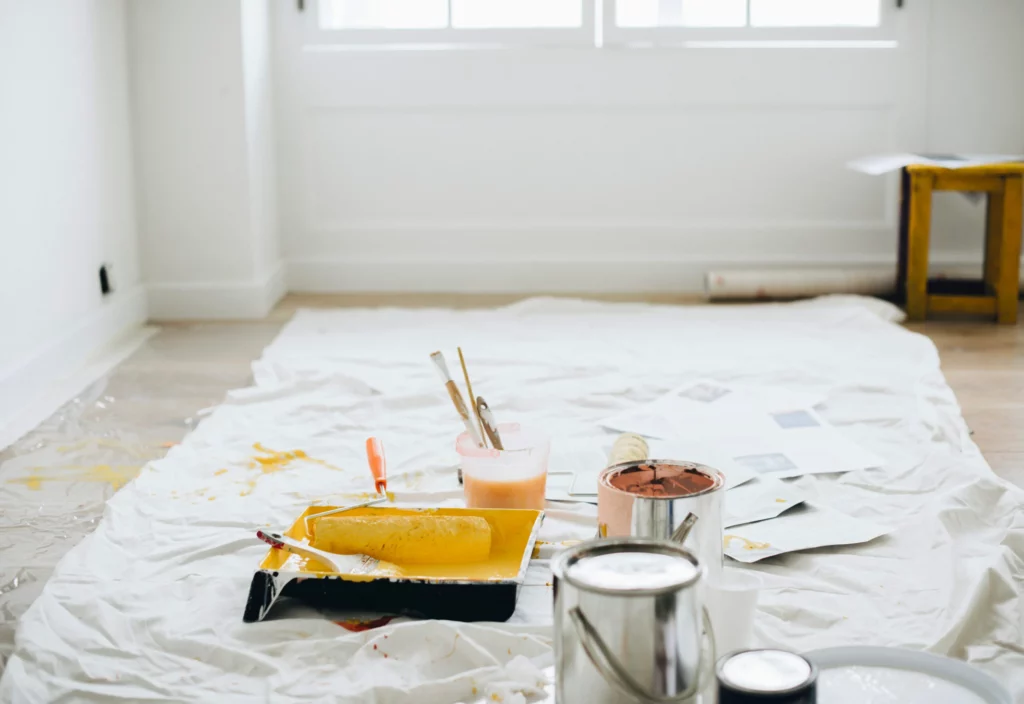
Condos, or condominiums, have grown in popularity in the housing market. A condo or townhouse is a privately owned residential

The success of a company can be significantly impacted by how it looks in Toronto. Imagine a shop or office
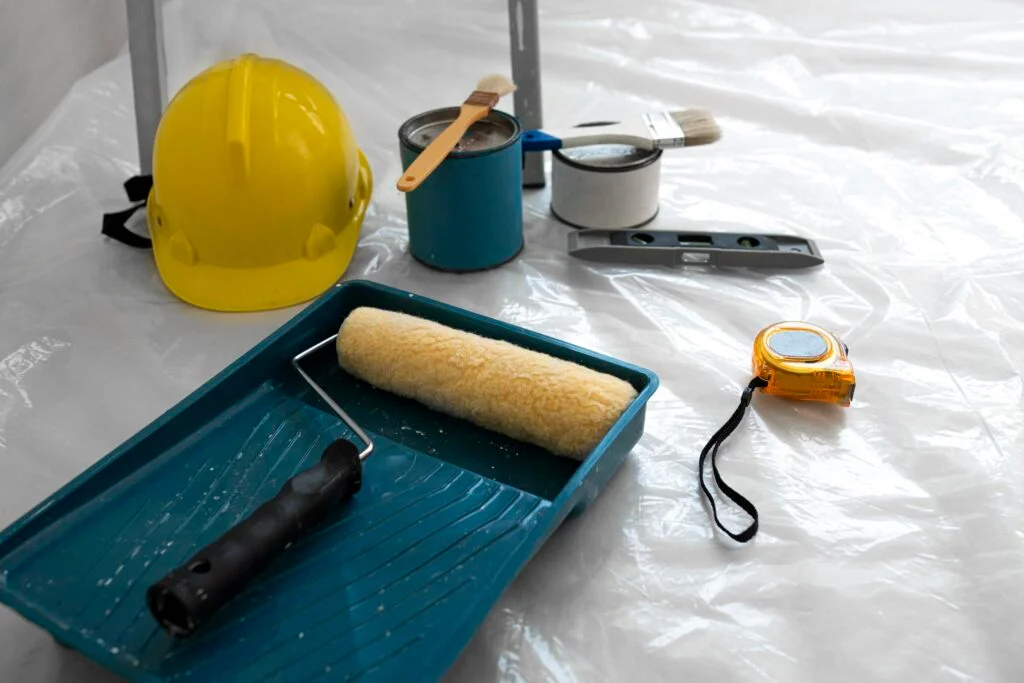
Every area of the corporate world is like a blank canvas, waiting for the paintbrush to do its magic. Just
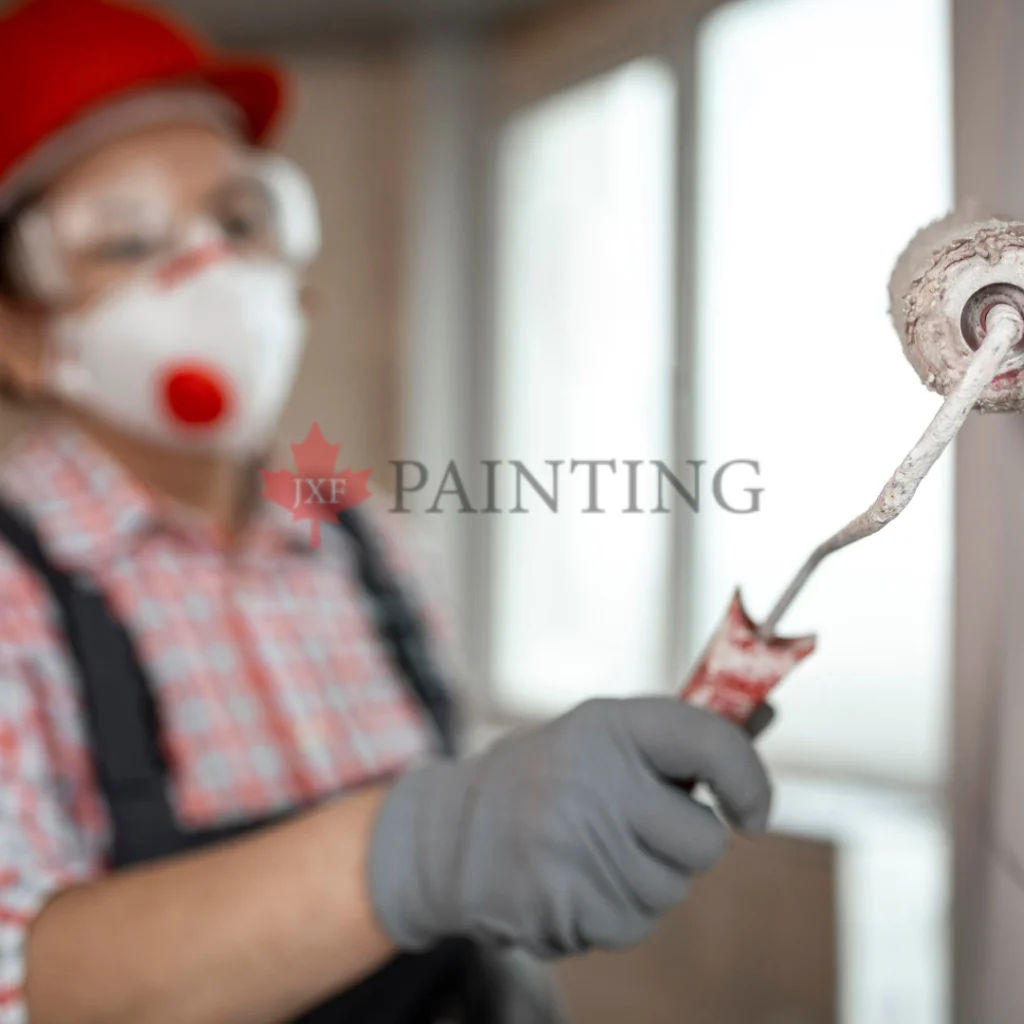
More than just four walls and a roof, your house serves as a blank canvas on which to paint the

In 2023, the world of interior painting is set to experience a transformation in terms of color palettes and textures.
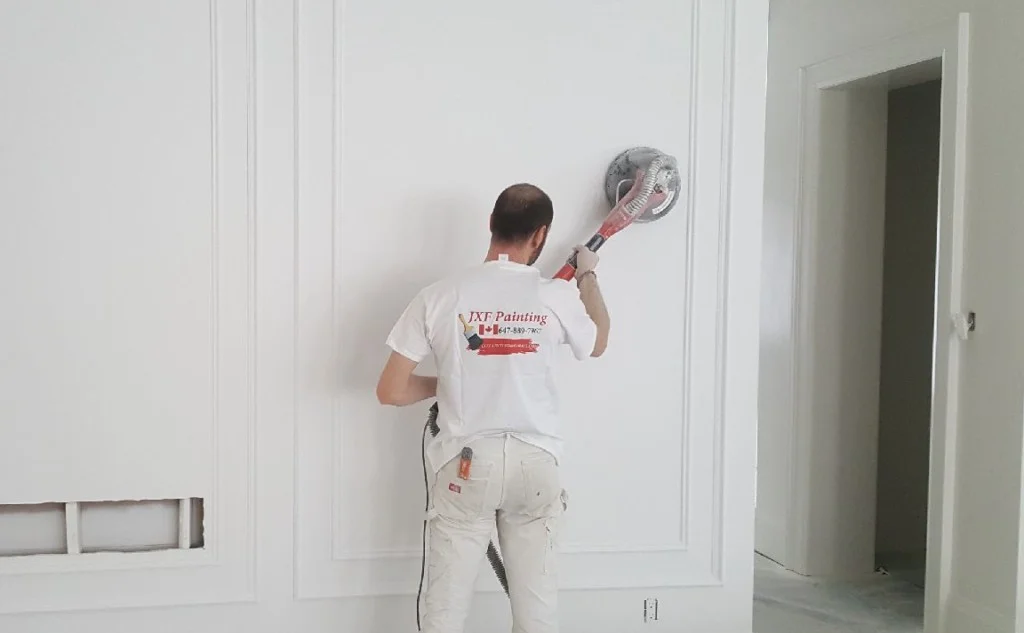
Are you tired of the dull and outdated look of your space? Have you considered painting your walls but don’t

JXF Painting Service is known for its experience, dependability, efficiency, and value when it comes to commercial painting services in
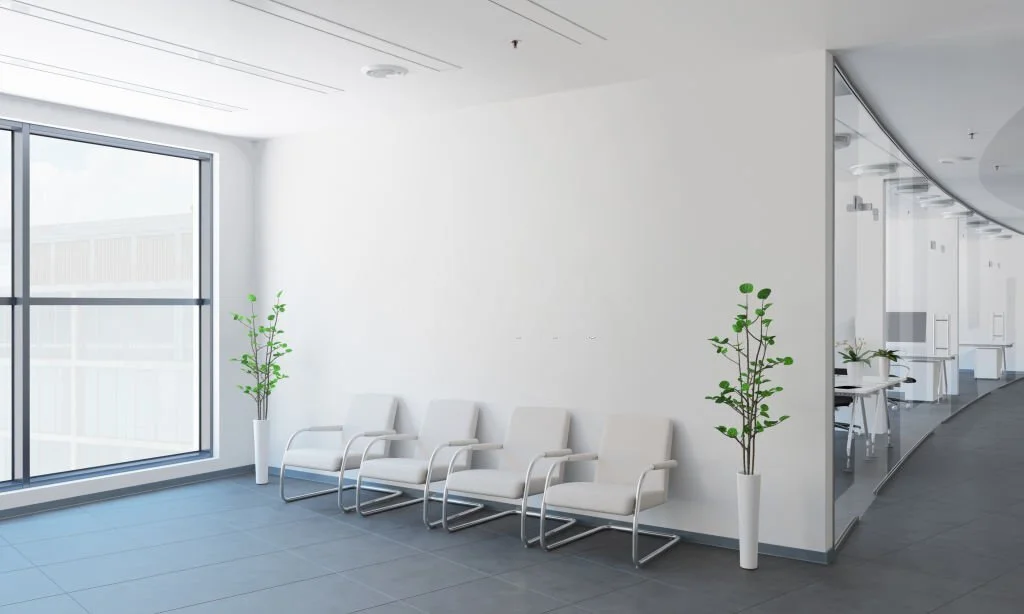
How much will it cost for a commercial painter? To keep tenants satisfied, facility managers must maintain the interior of

Mildew? The term itself can strike fear into the hearts of householders everywhere. However, mildew need not be frightening. In
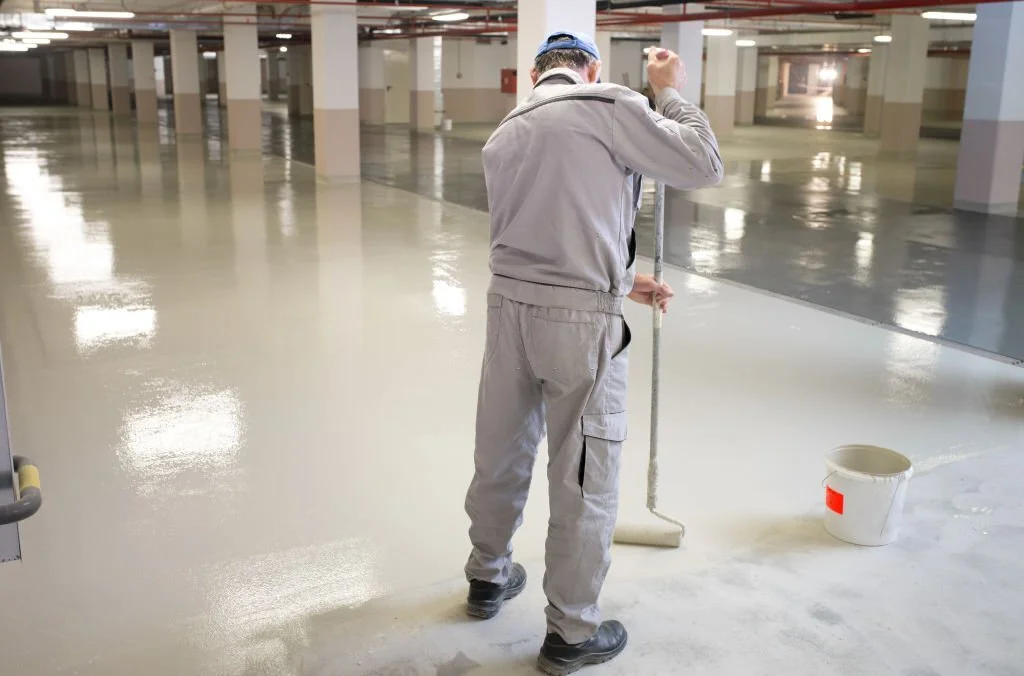
Choosing the proper paint colours should be essential for any renovation project. Choosing garage paint colours should be no exception.
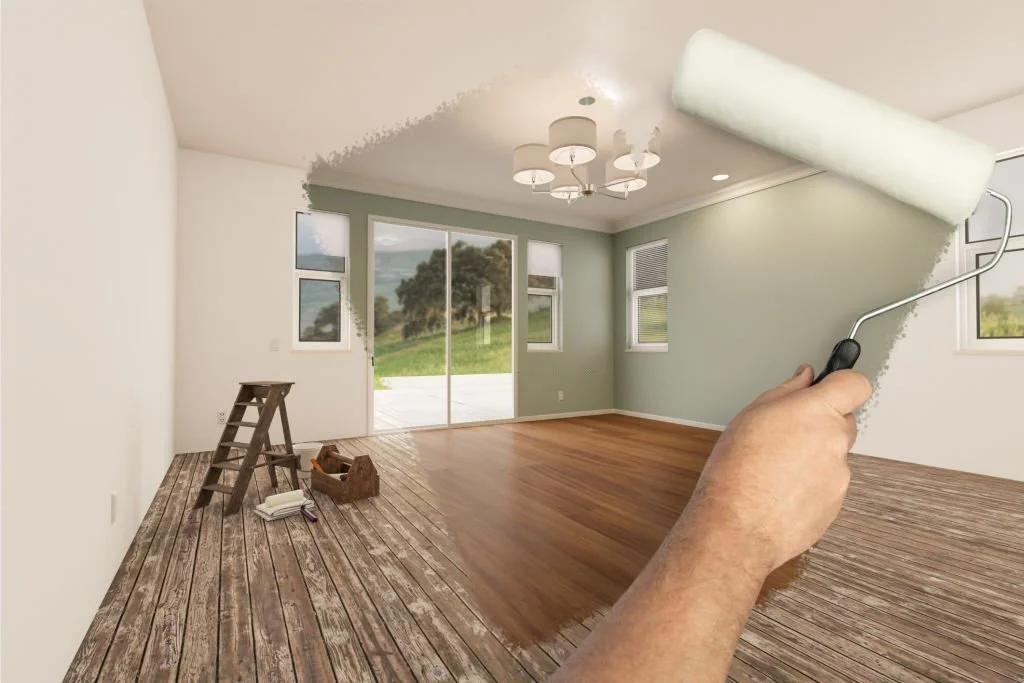
Interior house paintings are not intuitive, despite appearances. Most of us are familiar with applying paint on a flat surface,

How often do you need to paint your company? If it’s been a while, you may not know what a
Head Office Address: 1520 Lodestar Rd Unit 17, North York, ON M3J 3C1, Canada